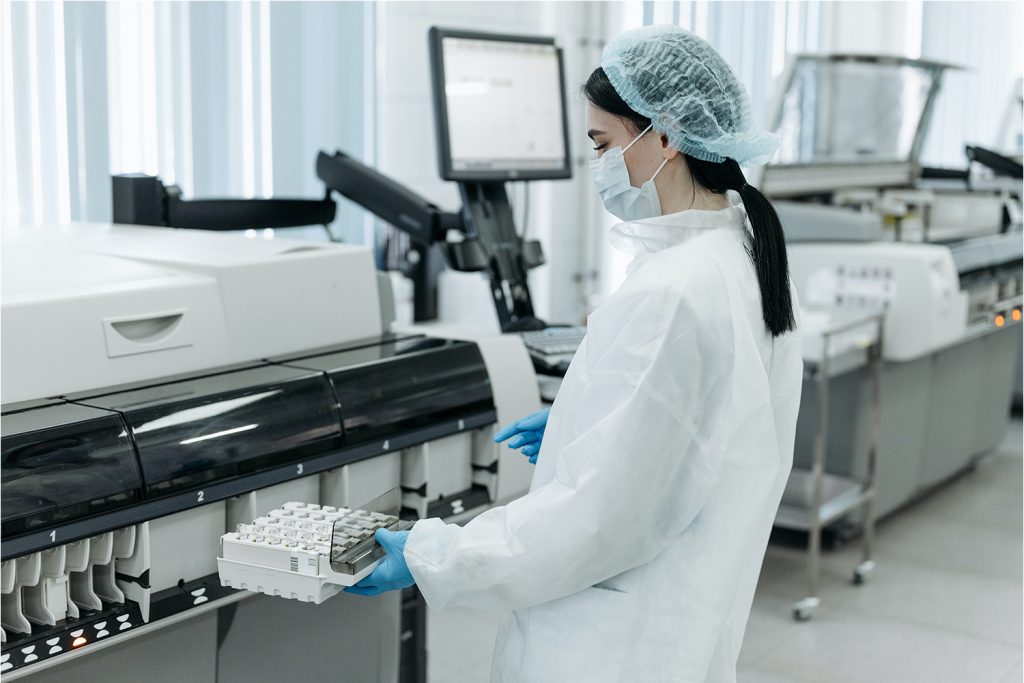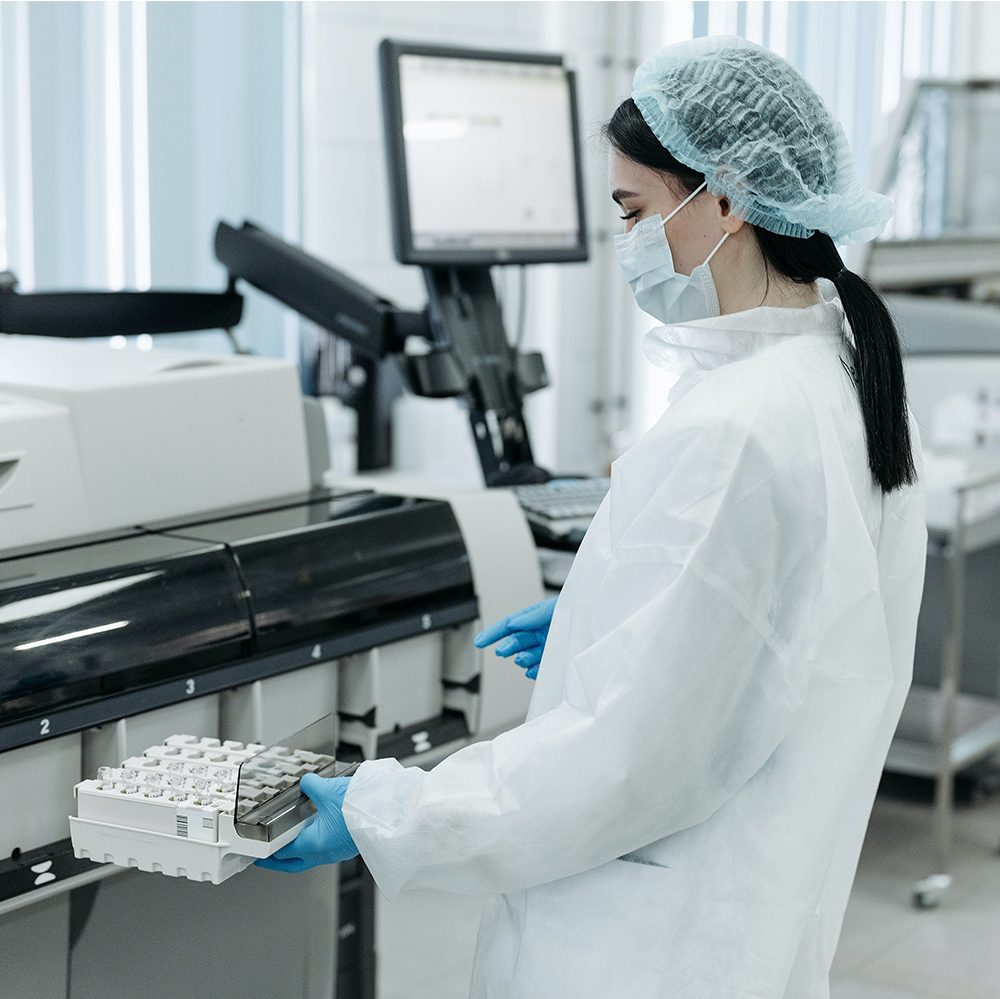Comparative effects of in-package high pressure steam sterilization and high temperature boiling on the quality changes and shelf life of ready-to-eat sea cucumber
Abstract
Ready-to-eat sea cucumbers (RSC) are prone to autolysis when stored at room temperature.
The objective of this study was to compare the effects of high pressure steam sterilization (HPSS) and high temperature boiling (HTB) on the biochemical, physiochemical, and structural changes of RSC stored at 25°C.
After undergoing thermal treatment by HPSS and HTB, the shelf life of RSC was significantly extended to 35 and 63 days, respectively, compared to the control (CT) group.
The results from TVB-N, microbial, and pH measurements indicated that both HPSS and HTB effectively maintained the quality of RSC by decreasing protein breakdown and lactic acid accumulation through glucose decomposition, thereby inhibiting microbial growth.
The HPSS group showed a significant increase in soluble protein content during storage, reaching a final value of 25.48±0.36 mg/100 g on day 35, while the HTB group recorded a respective value of 12.97±0.03 mg/100 g.
Furthermore, Van Gieson’s staining and scanning electron microscope images revealed a tight arrangement and structural integrity of collagen fibers in the RSC of the HTB group on day 35.
These findings suggested that HTB treatment was more effective in extending the shelf life of RSC and improving RSC processing compared to HPSS.
Introduction
Sea cucumber, a marine invertebrate, is commonly found in deep-sea areas worldwide and is characterized by bumps on its body wall (Ellis, 2021).
Due to its high nutritional value, sea cucumber has long been regarded as an important medicinal and edible resource in China and many other Asian countries (Li et al., 2021a, Li et al., 2021b).
Currently, the annual production of sea cucumber exceeds 220,000 tons, with an output value surpassing 7 billion U.S. dollars (Ge et al., 2022).
Numerous studies have confirmed the abundant biological activities and diverse pharmacological effects of sea cucumber, such as anticancer, antibacterial, antithrombotic, antioxidant, hypolipidemic, immune regulation, and improvement of memory and gut health (Khotimchenko, 2018, Kalinin et al., 2021, Zhu et al., 2021, Zhu et al., 2022).
These effects are attributed to various bioactive compounds found in sea cucumber, including polypeptides, triterpene glycosides, glycoprotein, and sulfated fucan (Chen et al., 2021, Gong et al., 2022, Tan et al., 2022, Yang et al., 2021).
However, the preservation and transportation of fresh sea cucumbers face challenges due to the autolysis caused by endogenous enzymes, microorganisms, and environmental factors when they are caught from seawater (Li et al., 2017; Li et al., 2021a, Li et al., 2021b; Qi et al., 2022; Yan et al., 2021).
To address the issue, traditional dehydration processes such as repeated boiling, salting, soaking, and drying are commonly used to dehydrate fresh sea cucumbers (Li et al., 2022, Song et al., 2022).
However, these conventional methods not only damage the flavors and edibility of sea cucumbers, but also result in a significant loss of some minerals (Moon et al., 2014, Ratti, 2001).
Therefore, it is crucial to minimize the processes while preserving the bioavailability of key nutrients (Zhou et al., 2022). Thermal treatment, specifically high pressure steam sterilization and high temperature boiling, has shown promise as a solution for industrial production.
These methods can improve the shelf life, taste, and nutritional value of meat (Fan et al., 2022). By using these methods, the processing cycle for sea cucumber products can be significantly shortened, and nutrient loss from repeated boiling and soaking can be reduced.
According to Chen et al. (2016), RSC treated with high temperature steam sterilization can be stored at 4°C for up to 160 days, significantly extending their shelf life. Peng et al.
(2015) indicated that the softening of autoclave-treated RSC at 37°C may be attributed to moisture migration, collagen fiber breakage, and collagen degradation, as indicated by changes in texture, moisture content, and hydroxyproline.
In a recent study conducted by Ye et al. (2021), high-pressure treatment (300 MPa/20 min) was found to reduce the growth of microorganisms in crab meat during storage at 4°C. Li et al.
(2018) discovered that vacuum steaming was a more efficient and nutrient-preserving method for processing RSC compared to traditional techniques. However, there is limited research comparing these two methods.
High pressure steam sterilization (HPSS) and high temperature boiling (HTB) are two effective and economical processing methods for aquatic products.
However, there is limited research comparing the effects of these methods on the physicochemical properties of RSC during storage at room temperature.
The objective of this study was to compare the effects of HPSS and HTB treatments on the physical and biochemical properties, as well as the tissue structure of RSC during storage.
Additionally, the research aimed to explore the mechanism by which these two methods improve the storage stability of RSC. This research provides valuable scientific insights and guidance for the processing and storage of RSC.

Section snippets
Materials and reagents
The RSC (60±5 g) were purchased from Yantai Haizhongbao Seafood Trading Center, Yantai, Shandong Province, China. They were transported back to the laboratory within 1 hour, accompanied by ice. All the chemicals and reagents used in this study were of analytical grade with high purity. 4-Dimethylaminobenzaldehyde and L-hydroxyproline were provided by Macklin Biochemical Co., Ltd. (Shanghai, China). Protein loading buffers were supplied by Shanghai Biyuntian Biological Co., Ltd. (Shanghai,
Changes in apparent characteristics, trend of sensory, whiteness, and textural properties of RSC during storage under two different thermal treatments
The changes in the appearance of the CT group and RSC treated with HPSS and HTB during storage at 25°C can be observed in Fig. 1(a).
The body wall of the CT group began to degrade from the third day, resulting in a significant deterioration in its appearance. In addition, compared to the HPSS RSC, the shelf life of RSC treated with HTB was extended by 28 days.
Chemical determination methods have their limitations in capturing the interaction between various sensory elements, which highlights the
Conclusion
HPSS and HTB were investigated as heat treatment methods to enhance the storage stability of RSC. The thermal treatment slightly decreased the textural properties, moisture content, and water activity of RSC.
Moreover, the treated group exhibited a slower increase in TVB-N values and pH reduction in RSC, indicating a suppression of protein breakdown and lactic acid accumulation compared to the untreated RSC.
When comparing HPSS and HTB, RSC treated with HPSS showed a significant increase in


No responses yet